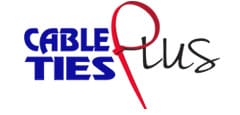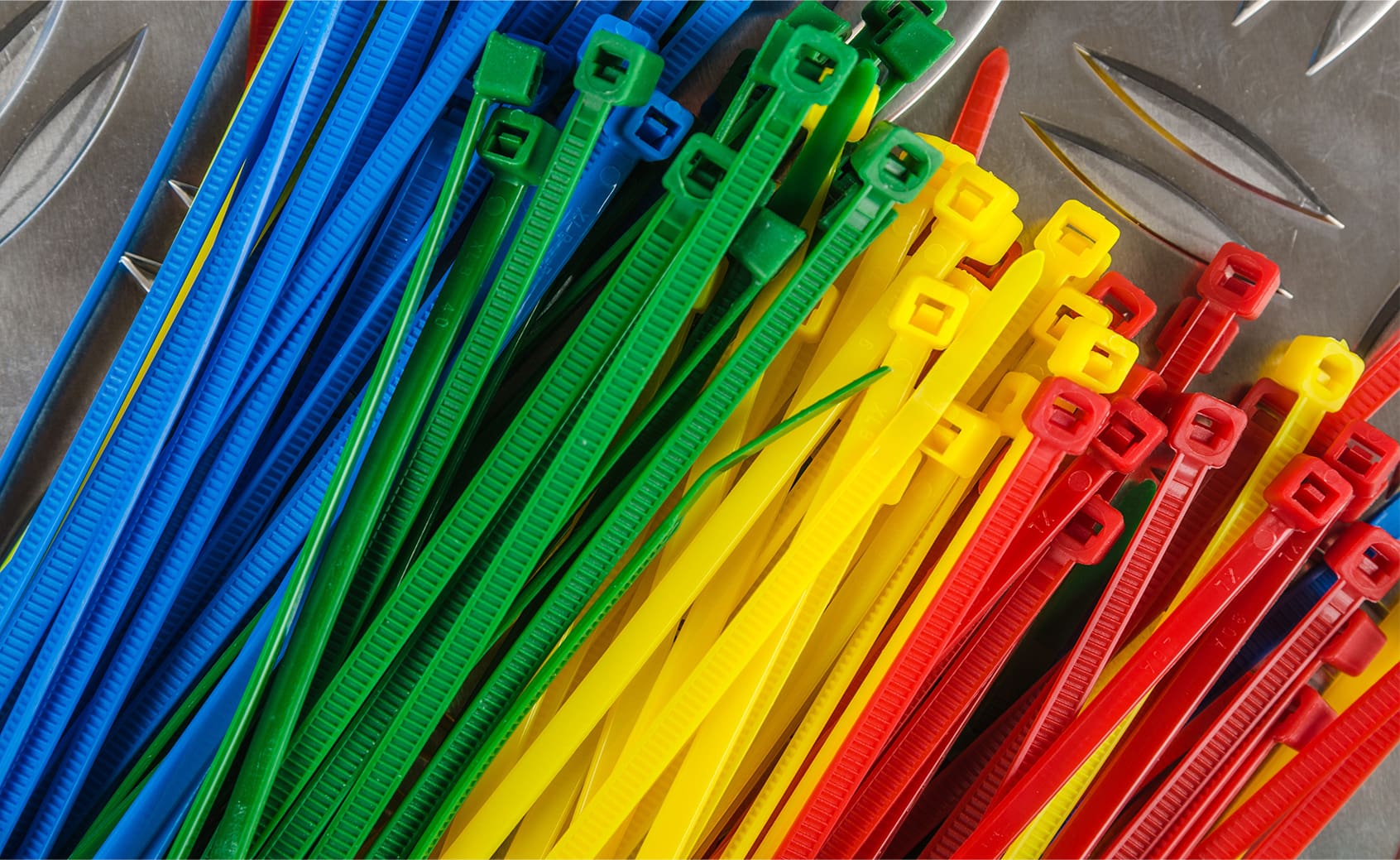Imagine working on an electrical project, only to have your connections fail due to loose wires or poor conductivity. Frustrating, right? Whether you’re tackling a home DIY wiring job, assembling automotive components, or working in an industrial setting, choosing the right terminal wire connectors is essential for creating safe, reliable, and long-lasting electrical connections. But with so many types, sizes, and materials available, how do you know which one to use?
This guide will break down everything you need about terminal wire connectors, from understanding different types to selecting the right fit for your project. By the end, you’ll be confident to make secure electrical connections.
Understanding Terminal Wire Connectors
Terminal wire connectors are insulated connectors. They are critical components that help terminate, splice, and secure electrical wire connections for various applications. Achieving a secure and reliable connection is essential when working with electrical wiring. Whether you’re working on an automotive project, industrial machinery, or household wiring, selecting the right wire connectors ensures optimal conductivity, durability, and safety.
What are the Different Types of Terminal Wire Connectors?
A wide selection of wire connectors are available, each designed for specific applications. Understanding the different types can help determine which option best suits your needs.
Ring Terminals
Ring terminals feature a circular opening that allows a screw or bolt to pass through, securing the electrical connection. These are commonly used in automotive and industrial applications, requiring a stable and strong connection.
Quick Disconnects
Also known as quick-connect terminals, these allow for fast and easy wire connections and disconnections. They come in both insulated and non-insulated varieties and are frequently used in home appliances, audio systems, and automotive wiring.
Crimp Terminals
Crimp terminals are widely used due to their reliability and ease of installation. These connectors provide a strong mechanical and electrical connection by crimping the wire into the terminal. They are available in different styles, including ring, spade, and butt connectors.
Spade Terminals
Also called fork terminals, these have a U-shaped opening that allows for easy connection and disconnection from a screw terminal. They are ideal for situations where frequent maintenance or component replacements are needed.
Butt Connectors
These connectors are used to terminate and splice two wires together, providing a secure and insulated joint. They are commonly found in automotive, marine, and industrial wiring applications.
How to Choose the Right Terminal Wire Connectors
Selecting the right terminal connectors depends on several factors, including wire size, insulation type, and the specific application.
Wire Size Matters
Wire size is one of the most important considerations when choosing electrical wire connectors. Terminal connectors are designed to accommodate specific wire gauges, and using an incorrect size can result in poor connectivity or electrical failure. Always check the manufacturer’s specifications to ensure compatibility.
Insulated vs. Non-Insulated Terminals
Terminals insulated with PVC or heat-shrink tubing protect against moisture, vibration, and accidental contact. These are ideal for outdoor or high-vibration environments. On the other hand, non-insulated terminals are better suited for applications where insulation is not a concern, such as controlled indoor settings.
Material Selection for Durability
High-quality terminal connectors are made from durable materials like copper, brass, or tinned copper, offering excellent conductivity and corrosion resistance. For harsh environments, consider using gold-plated or nickel-plated terminals to enhance longevity.
Proper Installation for a Secure Connection
Using the correct tools and techniques for installing wire terminals ensures a reliable connection and prevents potential hazards.
Crimping for a Strong Bond
A high-quality crimping tool is essential for securing crimp terminals to the wire. A proper crimp ensures a firm connection and minimizes resistance, reducing the risk of overheating.
Soldering for Added Strength
Soldering the connection after crimping can provide additional strength and conductivity for applications requiring extra durability. This method is often used in high-vibration environments such as automotive and aerospace wiring.
Heat Shrink for Protection
After connecting the wires, applying heat shrink tubing over the terminal provides insulation and protection against moisture and mechanical stress. This step is especially crucial for outdoor or marine applications.
What are Some Common Mistakes to Avoid When Using Terminal Wire Connectors?
Even with high-quality wire connectors, improper installation can lead to failures. Here are some common mistakes to watch out for:
- Using the wrong wire size: Mismatched connectors can lead to weak or unreliable connections.
- Improper crimping: A poorly crimped connection can result in electrical resistance and overheating.
- Skipping insulation: Neglecting to insulate exposed connectors can increase the risk of short circuits or corrosion.
- Over-tightening ring terminals: Excessive force can damage the connector or wire, leading to premature failure.
Find the Right Terminal Wire Connectors for Your Needs
Choosing the right connectors ensures a safe and reliable electrical connection. By understanding the different types, materials, and proper installation techniques, you can make an informed decision that meets your project’s requirements.
Get High-Quality Terminal Wire Connectors from Cable Ties Plus
For a wide selection of durable and reliable wire terminals, crimp terminals, and quick disconnects, Cable Ties Plus offers high-quality solutions for all your electrical wiring needs. Browse our inventory today to find the perfect fit for your next project!




